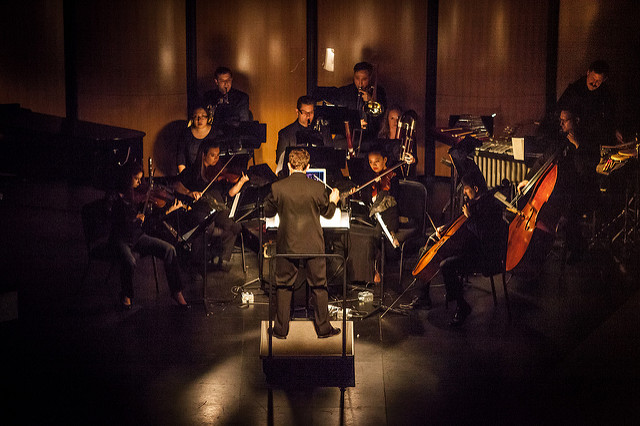What’s the Biggest Expense in the Arts? People

People are essential to the creation, education, and production of art. However, arts and cultural workers often find themselves fighting to increase the public's perception of their value and to get paid. It may be paying off.
In our new Expense Report, we find that within arts and cultural organizations nationally, a healthy portion of expenditures are for the people directly involved in delivering the organization’s mission-related programs. 42% of all operating revenue goes to payment of program-related personnel — including artists, curators, artistic program coordinators, arts educators, collections and production staff, etc. — whether contracted or on staff. People most closely connected with the art itself are a significant factor in budget allocations.
The average amount spent on artists and other program personnel was at a 4-year high in 2015 and growth outpaced inflation by 8.8%. Every sector saw inflation-adjusted growth in average total compensation to salaried and non-salaried artists and other program personnel. We cannot conclude whether or not this equals a fair or living wage, or if there is a gender or other pay gap, but it does indicate a recognition of the importance of investing in the people creating arts experiences. Every discipline or sector is different, but on average, this is good news for advocates fighting to ensure artists and program people are paid for their work.
To increase artist pay, revenue has to increase. Our findings show operating revenue increases with higher levels of state funding, and tends to be higher for organizations in communities with higher levels of total arts dollar activity, arts providers and artists in the community. Advocates will need to continue asking for more at the local, state and federal levels if they want to see artists' compensation rise.